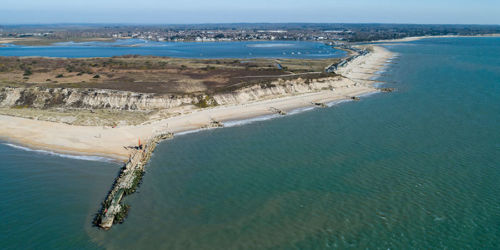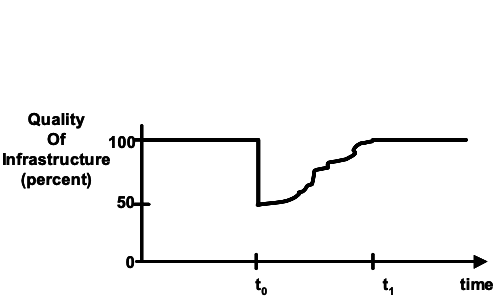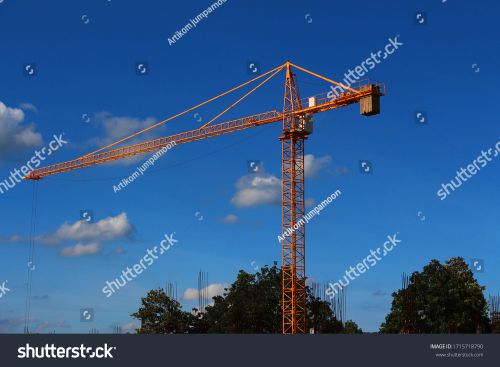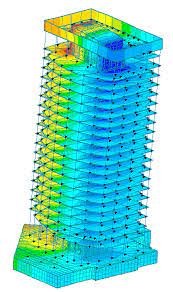We are now able to contribute substantially to the “green” functioning of the planet through the restoration of ecosystems. We are in a period of human history, both political and ecological, where we determine what new approaches are available to restore the “functions” of nature.
This course introduces students to various techniques for the restoration of aquatic ecosystems. The course will help students to know the most important environmental problems of water pollution, what measurements are necessary for specific environmental problems, to organize sampling in water formations, to evaluate and statistically interpret the experimental results, and to apply the experimental results troubleshooting. The end result of the effort is the knowledge and selection of techniques and methodologies to propose sustainable technical solutions.
At the end of this course the student will be able to:
1. Explain the basic principles of water pollution
2. Analyze the Chemistry of Processes in the Hydrosphere
3. Collect all the necessary information for biochemical processes in the hydrosphere
4. Explain the effects of pollutants on hydrosphere chemistry
5. Explain the effects of pollutants as well as their toxicity
6. Use physicochemical and physical treatment of pollutants
7. Explain the minimization and prevention of pollution
8. To choose the appropriate restoration technique
9. Takes measures to decontaminate water bodies





